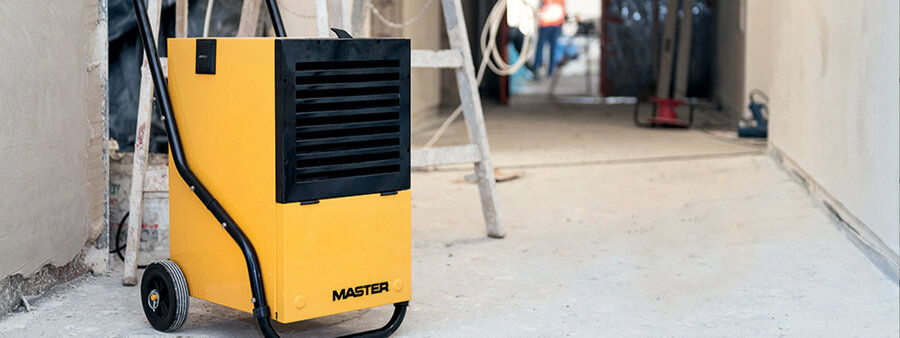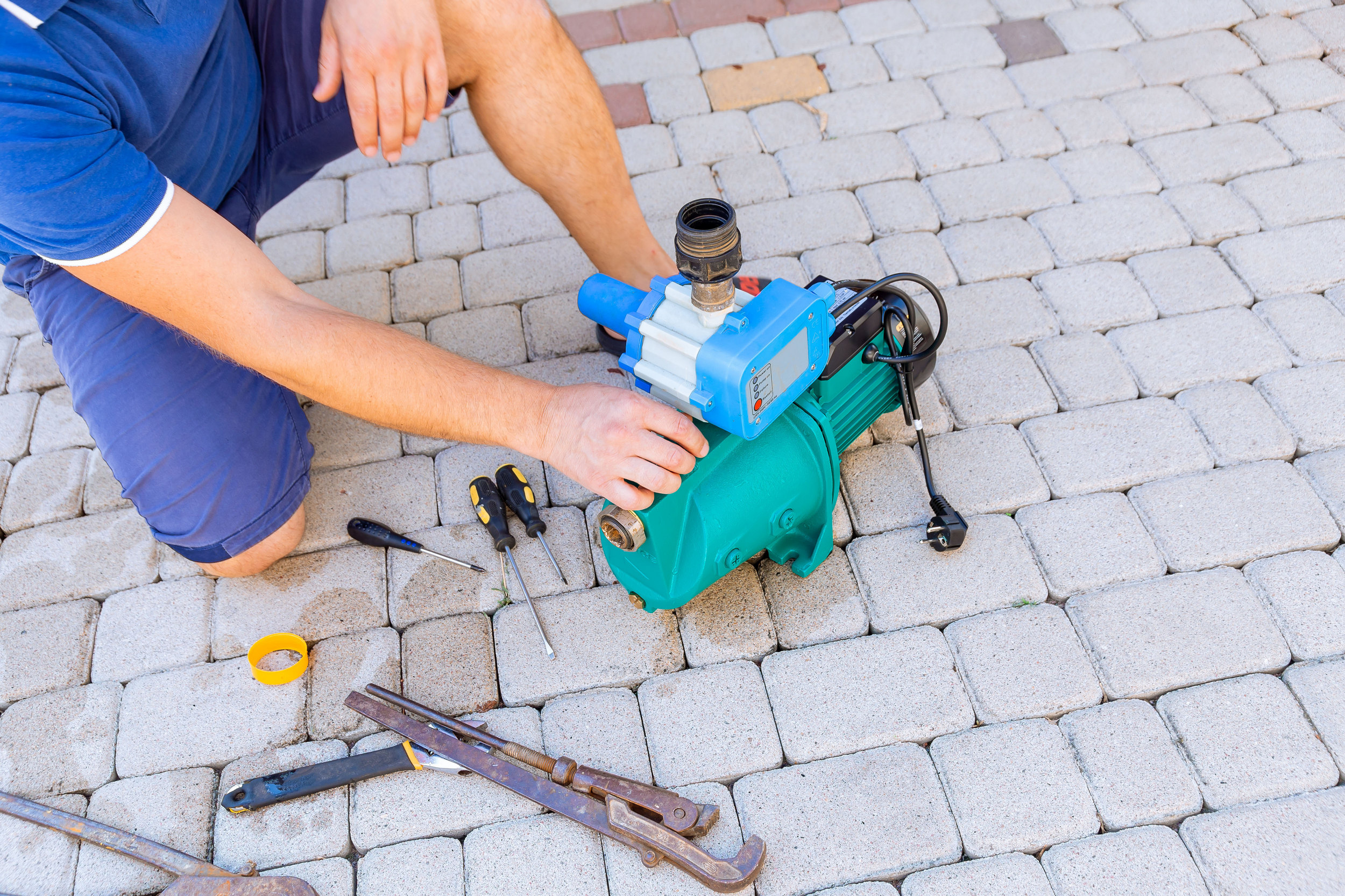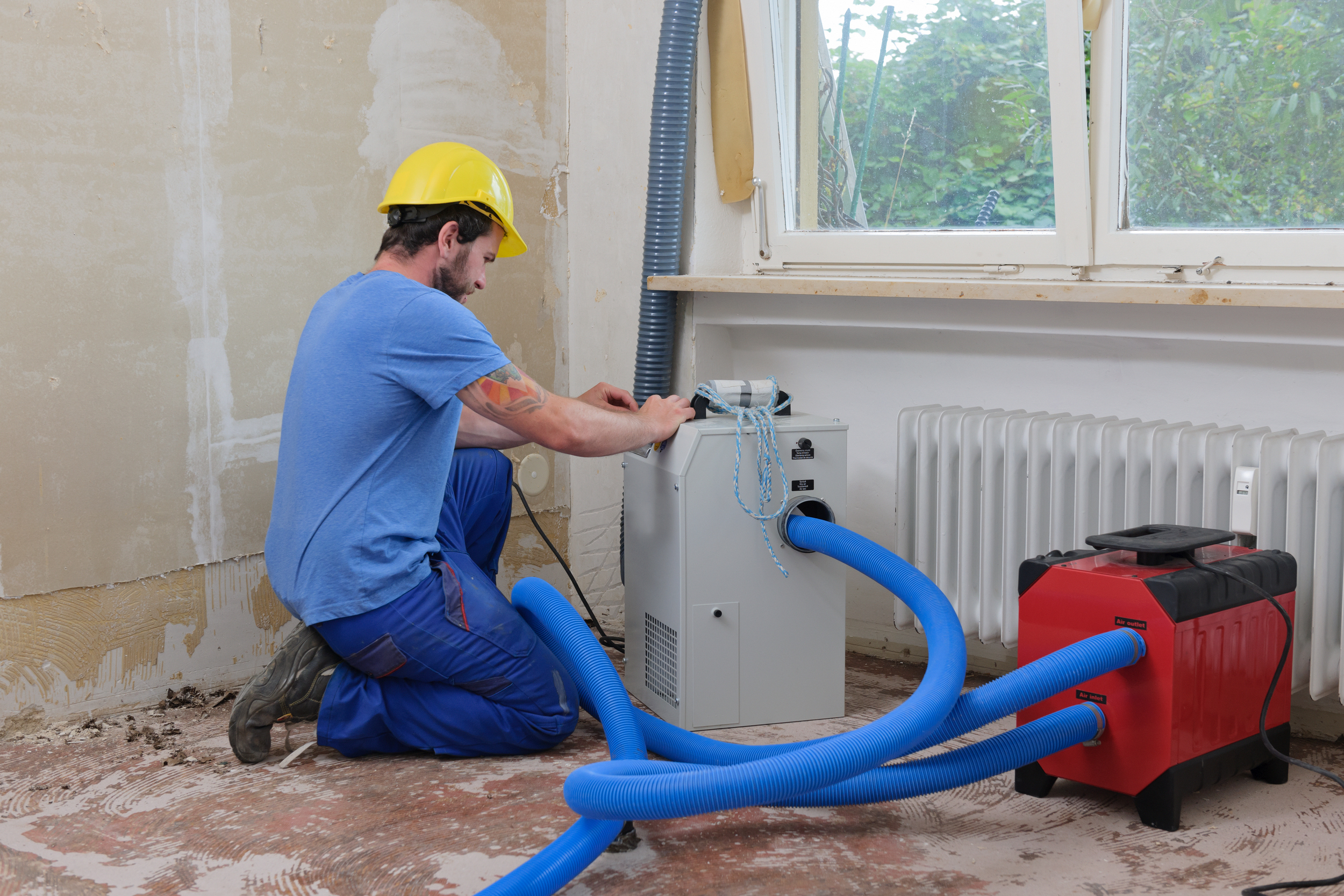Advice Hub
All our collective industry experts have got together to provide you with all you need to know about drying out and keeping dry those things precious to you. Read our articles or delve into our solutions centre to soak up the knowledge.
Expert Articles
Advice & Article
What is the Difference Between a Humidifier and Dehumidifier?

Good relative humidity levels are important. If you’ve ever experienced a dry, itchy throat or stuffy, congested feeling thanks to the air around you, you’ll know that humidity levels can affect your feelings of wellness. Along with your health, humidity problems can also wreak havoc on your home, causing damage to fixtures and fittings and even to the structure of your house. To combat this, it is recommended that the relative humidity level of a building is kept between 40 and 60%. Any higher or lower and you are likely to experience issues.
High Humidity
Spending time in an environment with high humidity can actually make you sick. Viruses and bacteria thrive and grow in the air that has a relative humidity of above 60%. Mold spores and dust mites also grow in this atmosphere, increasing your chances of developing an allergy or respiratory ailment. Other effects of high humidity include:
- Fatigue/ low energy
- Muscle cramps
- Dehydration
- Fainting
- Heat exhaustion/Heat stroke
High humidity can also cause damage to the structural integrity of a home. It can cause wood to rot and metal to rust and even affect walls and brickwork. Left unchecked, it can cause thousands of pounds worth of damage.
Low Humidity
On the flipside, prolonged exposure to low humidity levels can also cause issues. It can inflame mucous membranes lining the respiratory tract, which act as a barrier for the immune system against viruses and other illnesses. This increases the risk of colds, flu, and other infections.
Other symptoms triggered by low humidity include:
- Irritated eyes
- Flaky and itchy skin
- Aggravation of respiratory ailments such as COPD and Asthma.
Low-humidity, dry air can also cause physical damage to a home. Wood contains a small amount of moisture and when it loses too much, it begins to shrink. This can result in damage to flooring, furniture, and window panes. It can also create high levels of static electricity, which can affect electrical equipment such as computers.
How Can I Fix My Indoor Humidity Problems?
If you have persistently too much or too little moisture in your air, you might want to consider buying a dehumidifier or a humidifier to get the conditions right. These appliances are designed to improve the environmental conditions within a space and help you reach the ideal relative humidity of 40-60%.
How Does a Humidifier Work?
A humidifier puts moisture back into the air. They emit water vapor or steam to increase the humidity levels. Different humidifiers use different mechanisms to do this. An evaporative humidifier uses a fan to push air through a damp filter which is soaked in a reservoir of water. When air passes through it, some of the water evaporates, pushing moisture into the air. A steam humidifier works even more simply by boiling water then releasing it out as steam. An ultrasonic humidifier meanwhile, has a diaphragm that vibrates at ultrasonic frequencies and converts water into tiny droplets, creating a cool mist.
How Does a Dehumidifier Work?
Dehumidifiers pull water from the air. There are two types of dehumidifier, desiccant and refrigerant dehumidifiers:
Desiccant Dehumdifier
Desiccant dehumidifiers work most effectively in cold environments, like a conservatory or basement. They use an absorbent material (the desiccant) to pull in the moisture from the air, which is then heated and passed into a condenser.
Refrigerant (or Compressor) Dehumidifier
Refrigerant, also known as compressor dehumidifiers, functions most effectively in warmer temperatures. They typically draw air in over a filter, where it is directed over cold coils, which make the moisture in the air condense and drop into a tank below.
There are different sizes to choose from, and each dehumidifier has a different capacity.
What is the Difference Between the Two?
Put simply, a dehumidifier draws moisture out of the air while a dehumidifier puts it back in. Which one you will need depends on the humidity problem you have. If you suspect the air humidity levels are affecting you or your home, one of the best ways to check is to use a hygrometer. These are inexpensive but accurate tools that can tell you the humidity percentage.
Need more advice? Contact one of our team today on 0800 808 9126 to find out how we can help you create a safer and healthier environment.






